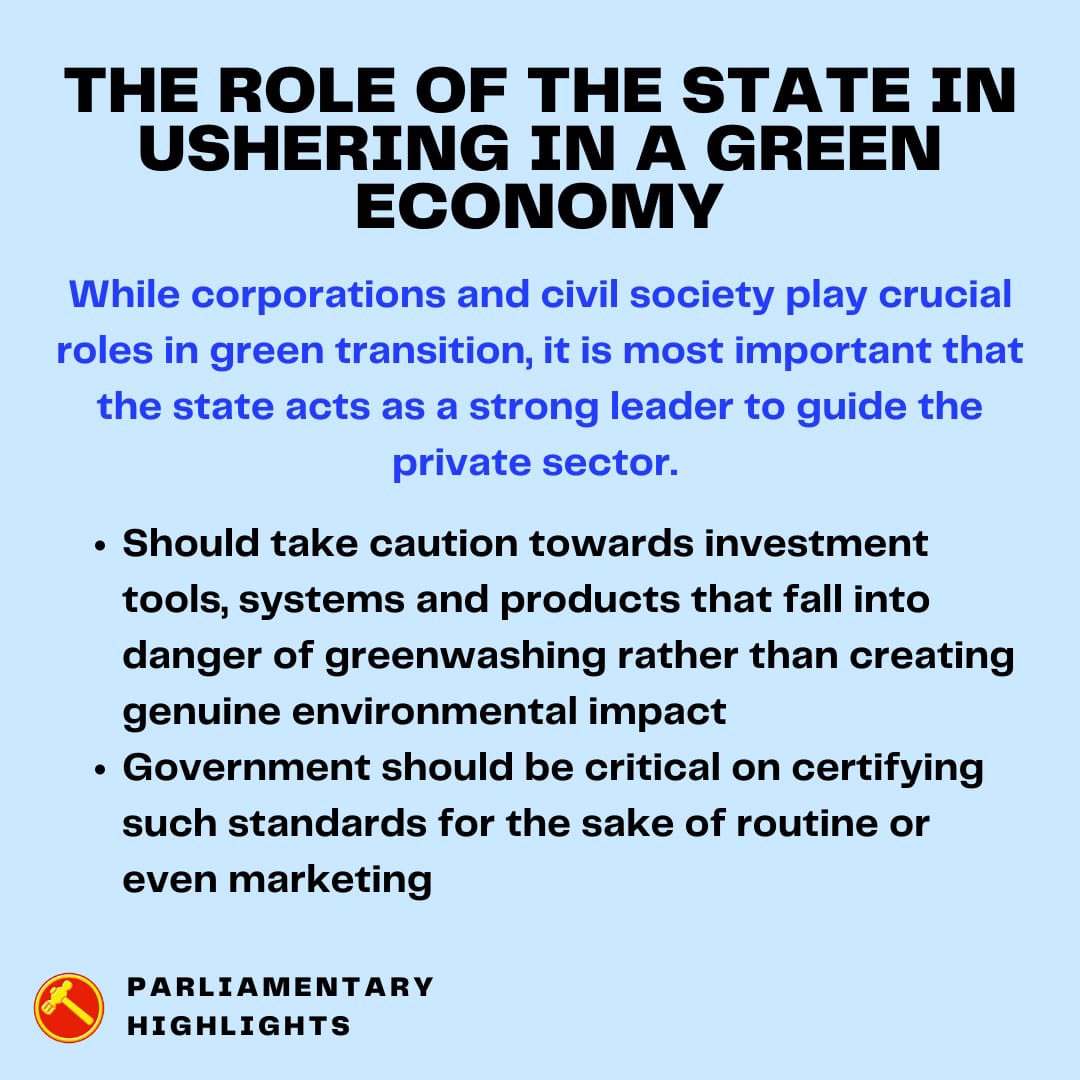
When I first arrived in the United States for my doctoral studies, I was shocked at how expensive mandatory healthcare insurance was. At several thousand a year, it seemed a lot more expensive than the twenty or thirty dollars we’d pay when we saw our doctor. (1/n) 

Plus, I was 25. I would go to the doctor maybe twice a year, if even that often (remember when you were that invincible?). I thought that U.S. healthcare was just an unfair tax on the young and healthy, a reflection of the overall poor health of the American population. (2/n)
I’ve since learned that, all things considered, the couple thousand bucks was a pretty decent deal. Insurance covered visits to the dentist and eye doctor, plus routine care. And if I was admitted to hospital, the out-of-pocket expenses, while high, wouldn’t break the bank. (3/n)
Every system has its positives and negatives. Still, Singapore’s ability to deliver world-class care, at very contained costs, seemed to me a miracle, which I attributed to a fortunate mix of culture and policy. (4/n) 

The 3 pillars the Singaporean model (Medisave, Medishield, Medifund), plus subsidies, have been at the centerpiece of this successful approach. Still, the 3Ms only finance a bit more than 8 percent of national health expenses, with most costs still paid for out-of-pocket. (5/n)
Furthermore, our healthcare cost landscape is rapidly changing. Healthcare prices have risen faster than overall inflation, and some have even suggested that the medical inflation rate would grow by between 7 and 10 percent. (6/n) 

In October, Parliament debated the government’s white paper on #HealthySG. The document focuses on preventative health as a complement to treatment, which has the added benefit of keeping medical spending down (healthy people see the doctor less). (7/n)
But improving health cannot be the sole strategy for keeping our medical costs in check. We need to recognize that the economics of healthcare has a tendency to skirt competitive forces, which is the usual way markets keep prices low. (8/n) 

I offered a number of suggestions for how we could control spiraling costs. One way is to improve pricing transparency at clinics and hospitals, by requiring doctors to post their multiplier over MOH benchmarks. (9/n) 

Insurance companies can choose to only pay out for doctors charging at the 40-60th percentiles. This provides a check on pricing behavior. Patients who wish to keep their preexisting doctors can do so, by topping up at their own expense. (10/n)
Speaking of preexisting stuff, patients with such conditions should be allowed to switch insurers. This could mean higher premia in the short run, but translate into greater competition in the long run (which would then lower insurance charges). (11/n) 

Medishield Life, as a major player, can be more proactive in bargaining for lower prices. This sets the tone for what prices are acceptable for procedures it covers, and is routinely done in single-payer systems worldwide. (12/n) 

The public sector isn’t exempt from price escalations, and there are anecdotes of such egregious practices at public hospitals, especially for pre-subsidy charges. These should be policed more closely, and not allowed to diverge too much. (13/n) 

That’s because while there isn’t generally any “optimal” mix of public vs private healthcare. The private sector keeps a lid on demand with pricing, while the public sector tends to rations by time. (14/n)
So you pay more for the privilege of seeing a private doctor quickly, while you wait longer & spend less time with doctors at a public facility (incidentally, it’s a myth that it’s about quality; doctor friends swear that public hospitals are better at many procedures). (15/n)
Hence when we see recent reports of excess wait times at hospitals (including, alas, in #SengkangGRC General), I worry that this public-private price differential has gotten out of whack. (16/n) 

We should also recognize that some drivers of rising medical costs have little to do with greedy doctors, patients, hospitals, or insurers. Record land sales eventually get passed on via higher rents and, in turn, higher medical fees. (17/n) 

If we insist on market pricing of land, regardless of function, we invite such price spirals. Land prices indirectly become an implicit tax, and a millstone around the necks of the sick and infirm. (18/n)
But there are also non-medical tools we can deploy to contain healthcare costs. One is to better integrate information technology systems for insurance claims, in an expanded public-private partnership. (19/n)
The bottom line is that there’s unlikely to be a silver bullet for solving our medical cost woes. #HealthySG is one pillar. But we mustn’t place it all on the patient. We can also better design and regulate the healthcare financing market. #makingyourvotecount (n/n)
• • •
Missing some Tweet in this thread? You can try to
force a refresh












